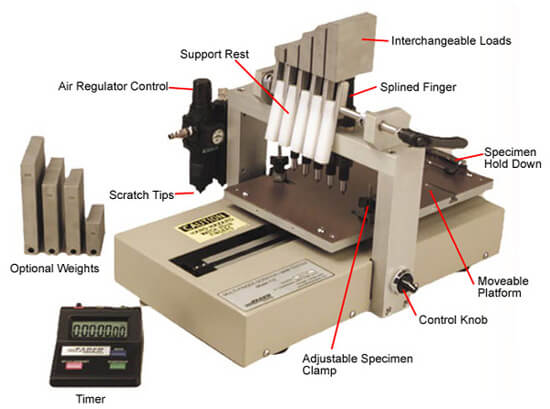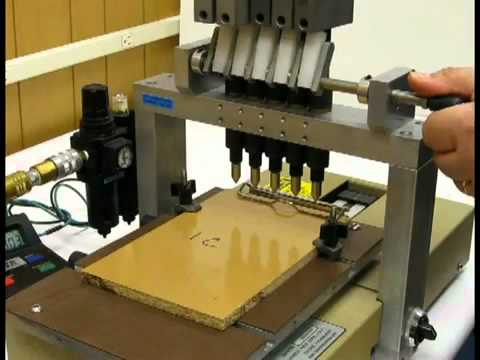-
Exploring the Applications of Multi-Finger Scratch Testing in Material Science
Edited by:Read:Multi-finger scratch testing is a form of mechanical testing that is widely used in material science. It involves applying a controlled and quantifiable load to a material surface using a set of multiple scratching probes. Each probe is typically set at a different orientation and at a different distance from the center of the sample. The resulting scratch patterns are then analyzed to provide insights into the mechanical behavior and properties of the material.

QINSUN Multi-finger scratch tester has several applications in material science, some of which are discussed below:
1. Scratch resistance testing:Multi-finger scratch tester is widely used to evaluate the scratch resistance of various materials, such as coatings, polymers, and metals. The test can be done under dry or wet conditions, and the results provide an indication of a material's ability to resist external forces and abrasion.
2. Wear testing: Multi-finger scratch tester is also used to evaluate the wear resistance of materials. In this case, the probes are moved back and forth over the sample surface, simulating the wear caused by sliding contact. The resulting scratch patterns can be analyzed to determine the rate of wear and the damage caused by the frictional forces.
3. Coating adhesion testing: Multi-finger scratch tester can be used to evaluate the adhesion strength of coatings on substrate surfaces. The probes are used to create scratches on the surface, and the pattern of the scratches is analyzed to determine the coating's ability to adhere to the substrate.
4. Surface characterization: Multi-finger scratch tester can provide insights into the surface topography and mechanical properties of materials. The scratch patterns can be analyzed to determine the coefficient of friction, elastic modulus, and plastic deformation properties of the material, as well as any defects or flaws in the surface.

5. Material development: Finally, Multi-finger scratch tester can be used in the development of new materials. The testing can be used to evaluate the mechanical properties of materials at different stages of development, allowing researchers to optimize the material's characteristics and performance for specific applications.
In conclusion, QINSUN Multi-finger scratch tester is a valuable tool in material science, providing insights into the mechanical behavior and properties of various materials. Its applications include scratch resistance testing, wear testing, coating adhesion testing, surface characterization, and material development. As such, it has the potential to contribute significantly to the development of new and improved materials for various applications.
- 2024-04-19Paper ring compression strength tester standards
- 2024-04-19Cupping tester standards
- 2024-04-19Rubber and plastic tensile tester standards
- 2024-04-19Taber 1750 wear-resistant tester standards
- 2024-04-19Stone Chip Resistance Gravelometer standards
- 2024-04-18Diaper absorption speed tester standards
- 2024-04-18Diaper leakage tester technical indicators
- 2024-04-18Paint film impact resistance tester standards
- 2024-04-18Low temperature brittleness tester principle
- 2024-04-18Battery separator permeability tester technical indicators



